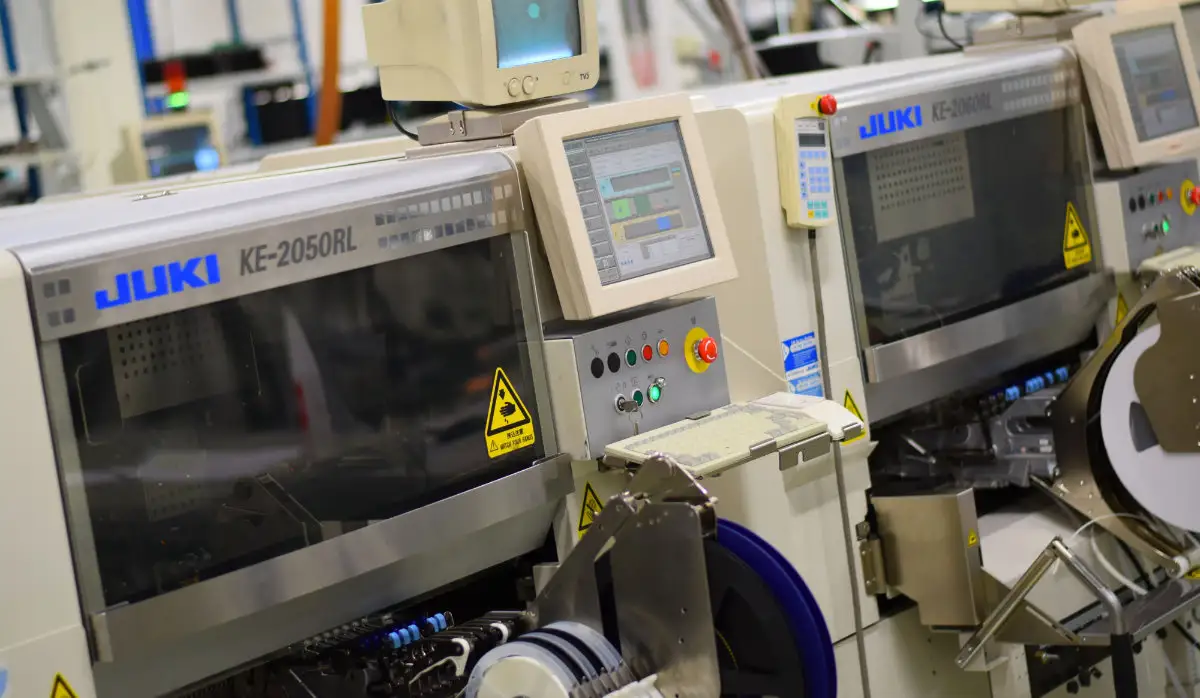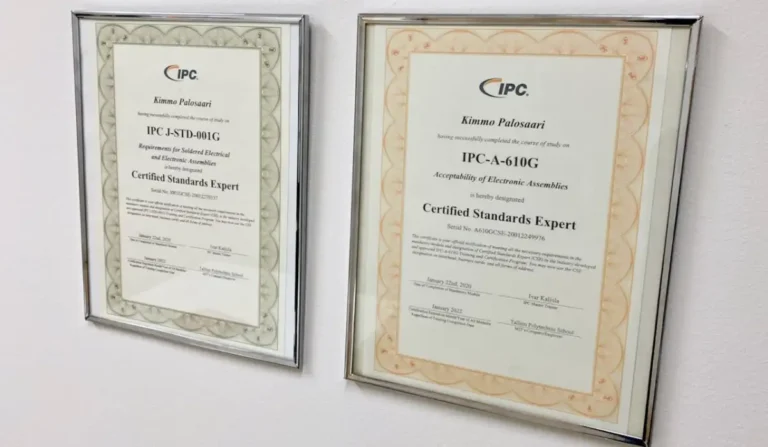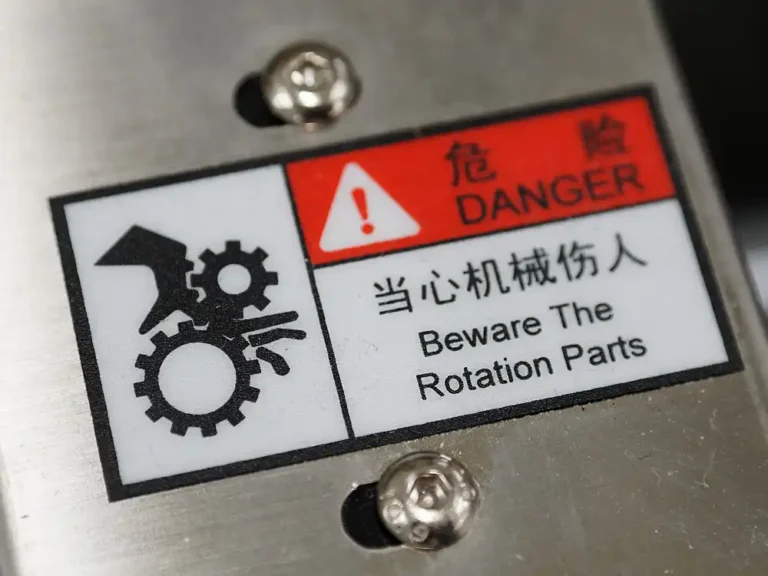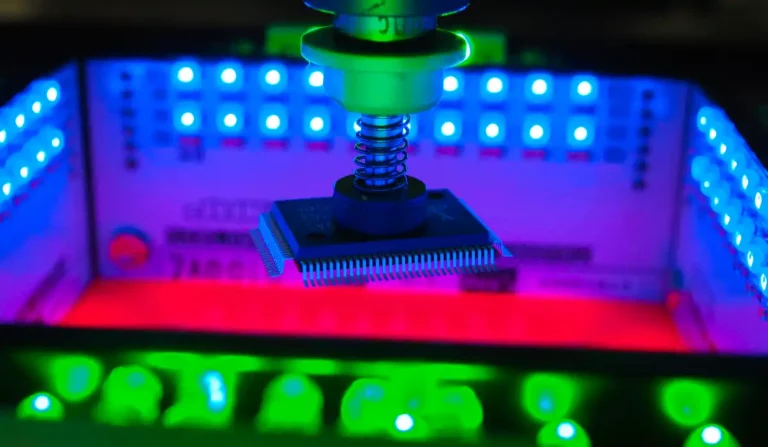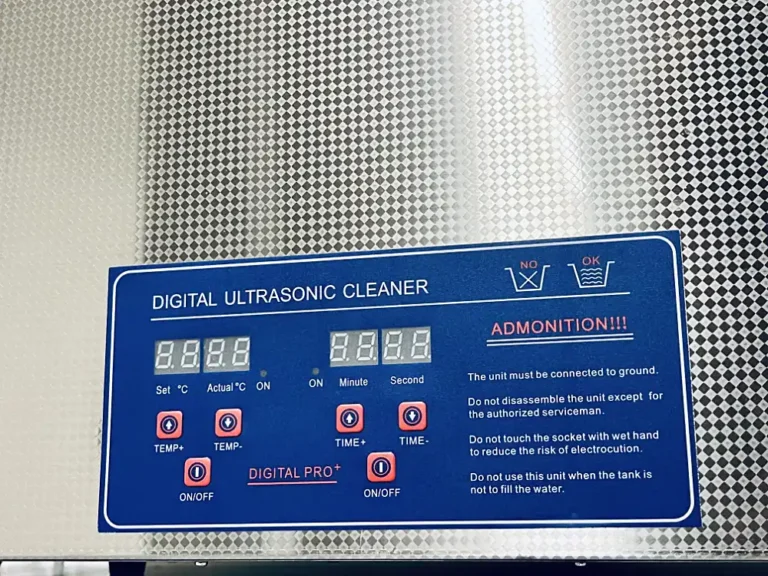Enhancing SMT Line Operations
Welcome, dear readers! Today, we’re diving into the fascinating world of Surface Mount Technology (SMT) lines. If you’re in the electronics manufacturing industry, you know how critical it is to keep these lines running smoothly. Let’s explore some strategies to improve SMT line operations, making your production process more efficient and your life a little easier.
The Challenge of Supply Chain Management
One of the biggest hurdles in electronics contract manufacturing is managing the supply chain effectively. Often, customers expect lightning-fast delivery times without providing accurate forecasts or considering the entire supply chain. The trend of “now immediately” deliveries without any buffer to absorb unexpected demand fluctuations is growing. Contract manufacturers must adapt to this trend or risk losing business.
Ideal SMT Line Conditions
In a perfect world, the bottleneck in an SMT line is the speed of the placement machines. If these machines have to wait for materials, operators, or other machines, the bottleneck is in the wrong place. Keeping the placement machines busy is crucial since they are more productive than humans. Thus, operators might have some idle time, but it’s a lesser evil compared to having idle machines.
Long-Term Perspective
It’s essential to evaluate SMT line operations, productivity, and costs over a more extended period rather than focusing on individual production runs. For instance, ordering materials in small batches for each job can lead to spending more time handling materials than the actual placement. Over a year, this inefficiency can accumulate to hundreds of hours of unproductive time.
Key Fundamentals
To enhance SMT line operations, certain basics must be in place:
- Material Availability: All materials must be available when needed and stored in designated locations.
- Operational Equipment: Ensure all machines and equipment are in working condition.
- Production Metrics: Use metrics to monitor uptime. If collecting data manually, do it as needed.
- Documentation: Maintain proper documentation and work instructions.
- Adequate Resources: Ensure sufficient resources to operate machines and perform tasks.
- Production Control: Know the required resources for each task and have a plan for their availability.
Uptime vs. Downtime
Downtime refers to the periods when placement machines are not working due to job changes, technical issues, material shortages, or breaks. Uptime, on the other hand, measures the percentage of time the SMT line is actively placing components. For high-mix/low-volume production, achieving 30% uptime is excellent, while high-volume/low-mix production can reach 50-70% uptime, with some large manufacturers hitting 80-90%.
Improving Operations
- Measure Uptime: Track the uptime of your lines manually or using available statistics.
- Use Optimal Materials and Suppliers: Choose the best-performing materials and suppliers to avoid hidden costs from poor choices.
- Manage Downtime: Have a plan to handle issues quickly, minimize the impact of job changes, and ensure proper machine maintenance.
- Balance Line Speed: Ensure that all placement machines in the line operate at similar speeds to avoid imbalances. This is also known as optimizing the line.
Practical Tips for Reducing Downtime
- Pre-plan Work Orders: Schedule jobs with similar components consecutively.
- Prepare for Job Changes: Plan job changes in advance to minimize downtime.
- Avoid Last-Minute Changes: Stick to the production schedule to avoid unnecessary delays.
- Stock Common Components: Keep frequently used components ready and near the machines.
- Optimize Material Handling: Ensure components are packaged and stored efficiently.
- Maintain an Organized Warehouse: An organized storage system reduces time spent searching for materials.
- Monitor Machine Operations: Anticipate and address issues proactively.
- Prepare Programs in Advance: Have all necessary programs and materials ready before starting new jobs.
- Stagger Breaks: Ensure continuous supervision by staggering breaks.
- Limit Unnecessary Meetings: Reduce downtime by avoiding unproductive meetings.
Conclusion
Enhancing SMT line operations requires a blend of strategic planning, efficient resource management, and practical common sense. By focusing on these areas, you can significantly improve productivity and reduce downtime, leading to a smoother and more profitable manufacturing process. Stay tuned for more tips and insights on electronics manufacturing and other exciting topics!
Happy manufacturing!

